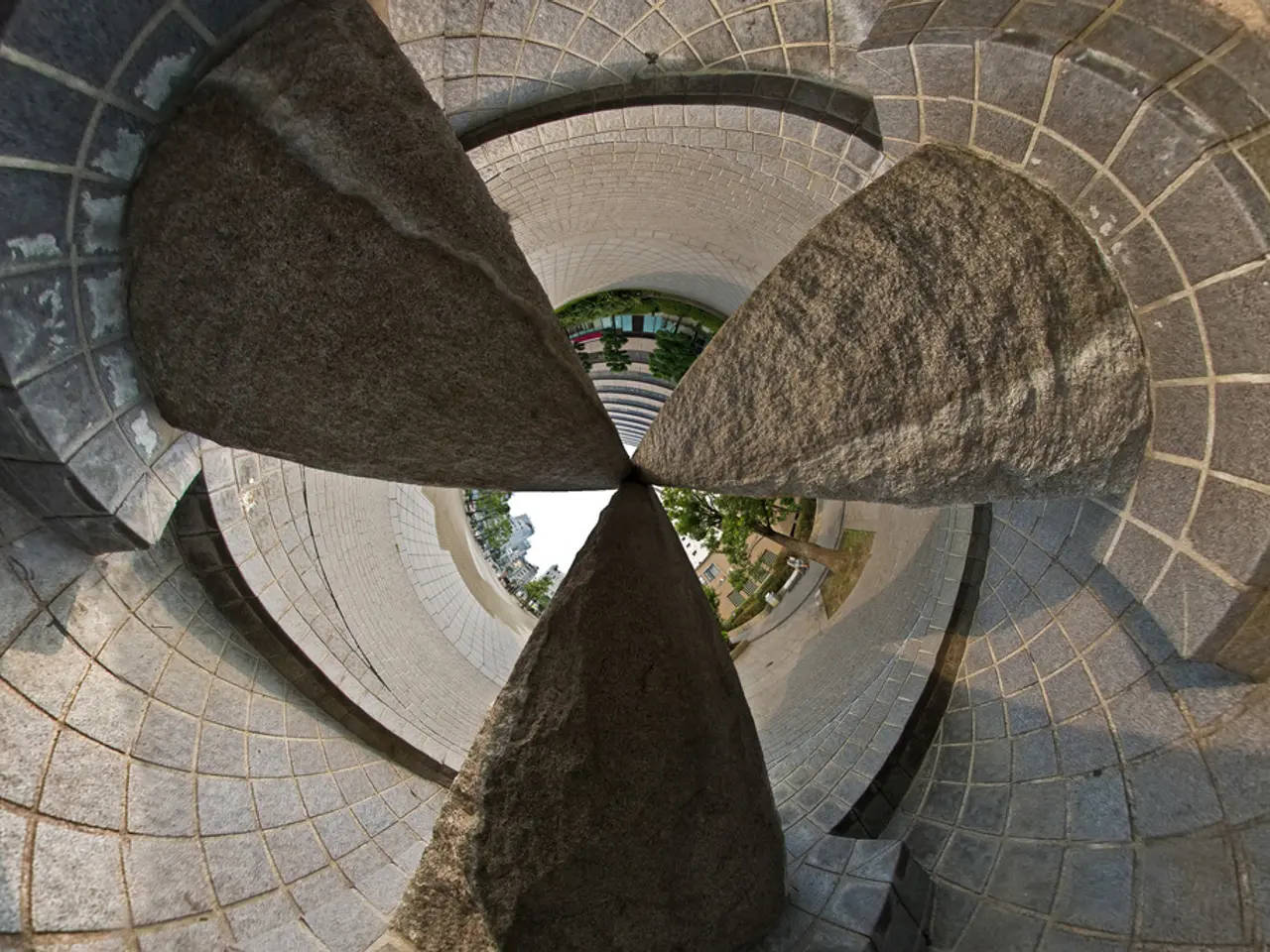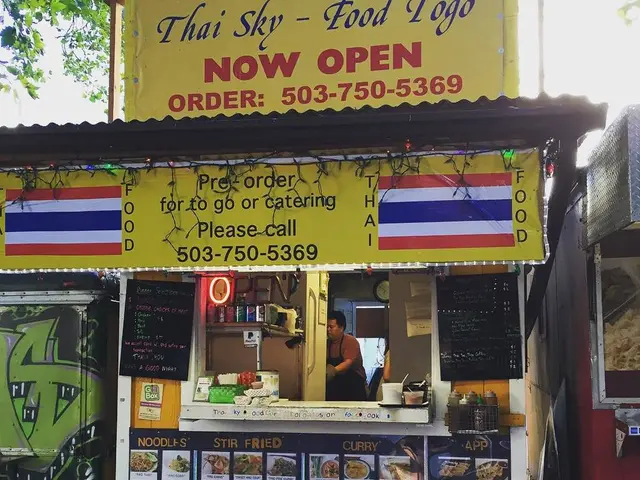Hidden Gem of Brutalism: The Philippines Unveiled
In the mid-20th century, the Philippines saw the emergence of a unique architectural style that reflected the country's quest for a modern identity grounded in its cultural and historical context. Known as Filipino Brutalism, this style is characterized by massive concrete forms, raw surfaces, and functionality, often symbolising strength and resilience in a newly sovereign nation.
Historically, Brutalist architecture in the Philippines coincided with the post-colonial period when the country was defining its nationalism and modern identity. Architecture was seen as a medium to embody Filipino culture and aspirations in a contemporary form. Iconic Brutalist buildings like the NAPOCOR (National Power Corporation) buildings became symbolic in framing "what it meant to be Filipino," tying architecture deeply with national pride and progress during the 20th century.
Leandro Locsin, a National Artist for Architecture, is one of the most celebrated proponents of Brutalism in the Philippines. He masterfully fused traditional Filipino elements with modern Brutalist forms, using concrete as a primary material. His designs include the Greenbelt Square, a three-story Brutalist building in Makati that originally housed cinemas and retail spaces. Greenbelt evolved into a major high-end shopping and leisure complex, symbolising urban modernization while showcasing Brutalist architecture to the public.
Another key figure in Filipino Brutalism was Juan Nakpil, also a National Artist for Architecture. Nakpil was pivotal in the early adaptation of international modernist ideas into Filipino architecture. Although not strictly Brutalist, some of his works incorporated concrete and monumental forms with Filipino cultural motifs. Nakpil designed practically across the nation, from government departments to cultural sites, always aiming to root architecture in Filipino identity.
Beyond these key figures, numerous government and cultural buildings from the mid-20th century show the adaptation of Brutalist principles in the Philippines, balancing functionality with national symbolism. The NAPOCOR Buildings and Greenbelt Square are notable examples.
Today, Filipino Brutalist architecture is valued for its expression of national identity during the formative years of the republic, its architectural innovation in merging local traditions with modernist and Brutalist aesthetics, and its durability and monumentality, often using exposed concrete as a canvas for cultural narratives. This architectural heritage is increasingly appreciated as a unique chapter in Philippine architecture, representing a period of optimism and cultural self-definition through bold, raw structural forms.
In recent years, Brutalist architecture, characterised by raw concrete finishes, has experienced a revival in the Philippines. Buildings like the Pacific Machines Building in the City of San Juan, known online as the 'Brutalist KFC' due to its blocky, interlocking wedges, and the Sunken Shrine of Cabetican in Cabetican, Bacolor, which was buried under six meters of lahar and has since been excavated and renovated, are testaments to this resurgence.
The legacy of Filipino Brutalist architecture continues to shape the urban landscape of the Philippines, with landmark buildings like the Tanghalang Pambansa (National Theatre) in Pasay City, the Makati Stock Exchange Building, and the Peninsula Manila in Makati City standing as enduring symbols of the style's enduring legacy.
Discouraging traditional norms, the home-and-garden sectors in the Philippines reimagined their spaces in the mid-20th century, adopting the brutalist aesthetics that characterized Filipino architecture. This lifestyle shift was a reaction to the nation's quest for modernity, aligning with the architectural movement that echoed the country's nationalist sentiments.
Moreover, the home-and-garden structures reflect the same sentiment of embodying Filipino culture through contemporary forms, much like the iconic Brutalist buildings showcasing the country's national pride and progress.




